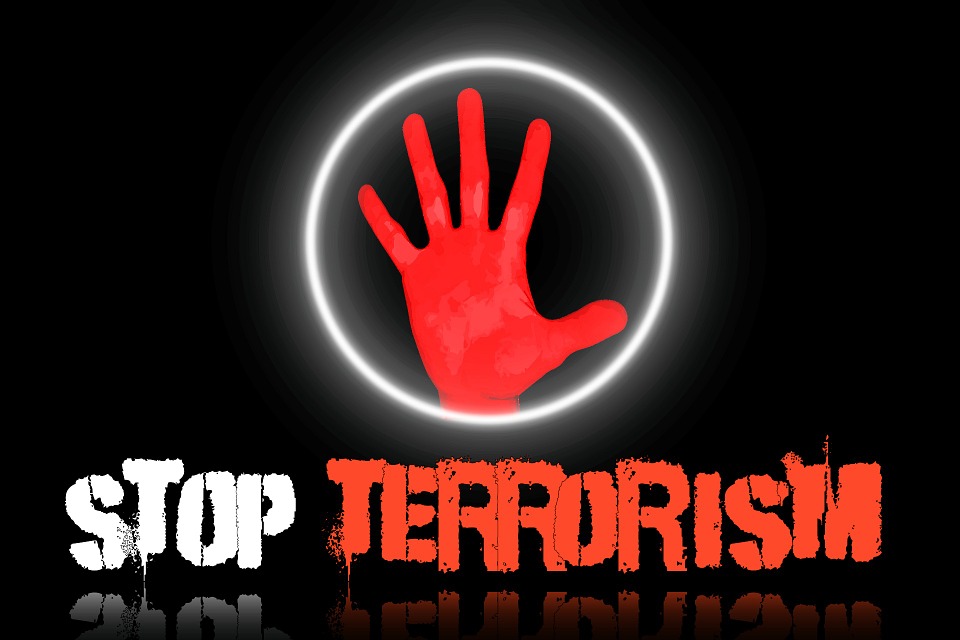The Institute for Economics and Peace ranks Tajikistan 74th among 163 countries in terms of terrorism impact factor.
Tajikistan is followed by Kazakhstan. (75th).
Tajikistan and Kazakhstan are listed among countries with low terrorism impact factors
Kyrgyzstan and Uzbekistan are ranked 80th 132nd respectively. They are ranked among counties with very low terrorism impact factor.
Meanwhile, Turkmenistan together 24 other counties is listed among countries with no terrorism impact factor (138th).
The Institute for Economics and Peace divides 163 countries into six categories: very high terrorism impact factor (5); high terrorism impact factor (18); medium terrorism impact factor (27); low terrorism impact factor (27); very low terrorism impact factor (60); and no terrorism impact factor (25).
Iraq, Afghanistan, Nigeria, Syria and Pakistan are listed among the counties with very high terrorism impact factor.
The report notes that deaths from terrorism fell for the third consecutive year, after peaking in 2014.
The Global Terrorism Index (GTI) 2018 shows the total number of deaths decreased by 27 per cent in 2017, with the largest falls occurring in Iraq and Syria. A drop in fatalities was also reflected in country scores with 94 countries improving, compared to 46 that deteriorated. This is the highest number of countries to record a year-on-year improvement since 2004. The two countries with the most significant falls in terrorism are Iraq and Syria with deaths falling by 5,000 and 1,000 respectively. The large falls in the number of deaths in Iraq and Syria is mainly the result of ISIL’s continuing decline.
Since peaking in 2014, death from terrorism have reportedly fallen 44 percent.
Since 2012, more than 60 counties have experienced at least one fata terrorist attack each year.
The number of deaths from terrorist attacks attributed to ISIL fell by 52 per cent in 2017. There was a corresponding decrease in the lethality of attacks, highlighting the weakening capacity of the organization.
Despite its reduced capacity, ISIL remained the deadliest terrorist group globally in 2017. ISIL has now lost most of its territory and nearly all of its revenue with the reduced capabilities being reflected in the diminishing rate of deaths per attack. Preliminary data suggests this trajectory will continue into 2018.
Western Europe recorded a marked fall of 52 per cent in terrorism with France, Germany and Belgium all recording a significant fall in deaths from terrorism.
In 2017, the number of deaths fell to 81 from 168 in the previous year. This trend has continued into 2018 with only eight deaths being recorded to October 2018.
Despite findings showing that terrorism is on the decline, the GTI also shows that terrorism is still widespread and even getting worse in some regions. In the Middle East and Africa, five countries including Afghanistan, Iraq, Nigeria, Somalia and Syria recorded more than 1,000 deaths, while 19 countries recorded more than 100 deaths. Somalia and Egypt recorded the largest increases in the number of deaths from terrorism in 2017 – one attack in Somalia killed 587 people and another in Egypt killed 311 people. Deaths from terrorism increased by 93 percent in Somalia from 2016 to 2017. Afghanistan recorded the highest number of terrorism deaths in 2017, replacing Iraq. Angola and Spain had the largest deteriorations in score in the GTI, as a result of a single attack in Angola and multiple attacks in Spain. In the Asia-Pacific region, Myanmar and The Philippines show a record number of terrorism deaths in 2017 with 166 deaths and 50 deaths respectively.
In North America and Western Europe, the threat of far-right political terrorism is on the rise. In the four years between 2013 and 2017, there were 66 deaths and 127 attacks caused in Western Europe and North America by far-right groups and individuals. In 2013, there were no deaths, compared to 17 in 2017. The majority of attacks were carried out by lone actors with far-right, white nationalist, or anti-Muslim beliefs. Alongside the fall in terrorism, the global economic impact of terrorism has also dropped, decreasing by 42 per cent to US$52 billion in 2017. Deaths accounted for 72 per cent of the economic impact of terrorism, with the remainder stemming from GDP losses, property destruction, and non-fatal injuries. The true economic impact of terrorism is likely to be much higher as these figures do not account for the indirect impacts on business, investment and the costs associated with security agencies in countering terrorism.
The Global Terrorism Index (GTI) provides a comprehensive summary of the key global trends and patterns in terrorism since 2000. It produces a composite score in order to provide an ordinal ranking of countries on the impact of terrorism.
It is an attempt to systematically rank the nations of the world according to terrorist activity. The index combines a number of factors associated with terrorist attacks to build an explicit picture of the impact of terrorism, illustrating trends, and providing a data series for analysis by researchers and policymakers.
The GTI is based on data from the Global Terrorism Database (GTD) which is collected and collated by the National Consortium for the Study of Terrorism and Responses to Terrorism (START) at the University of Maryland. The GTD has codified over 150,000 cases of terrorism.[1]
The GTI covers 163 countries, covering 99.7% of the world's population.
The aim of the report is to examine trends and to help inform a positive and practical debate about the future of terrorism and the required policy responses.
The GTI was developed in consultation with the Global Peace Index expert panel.




